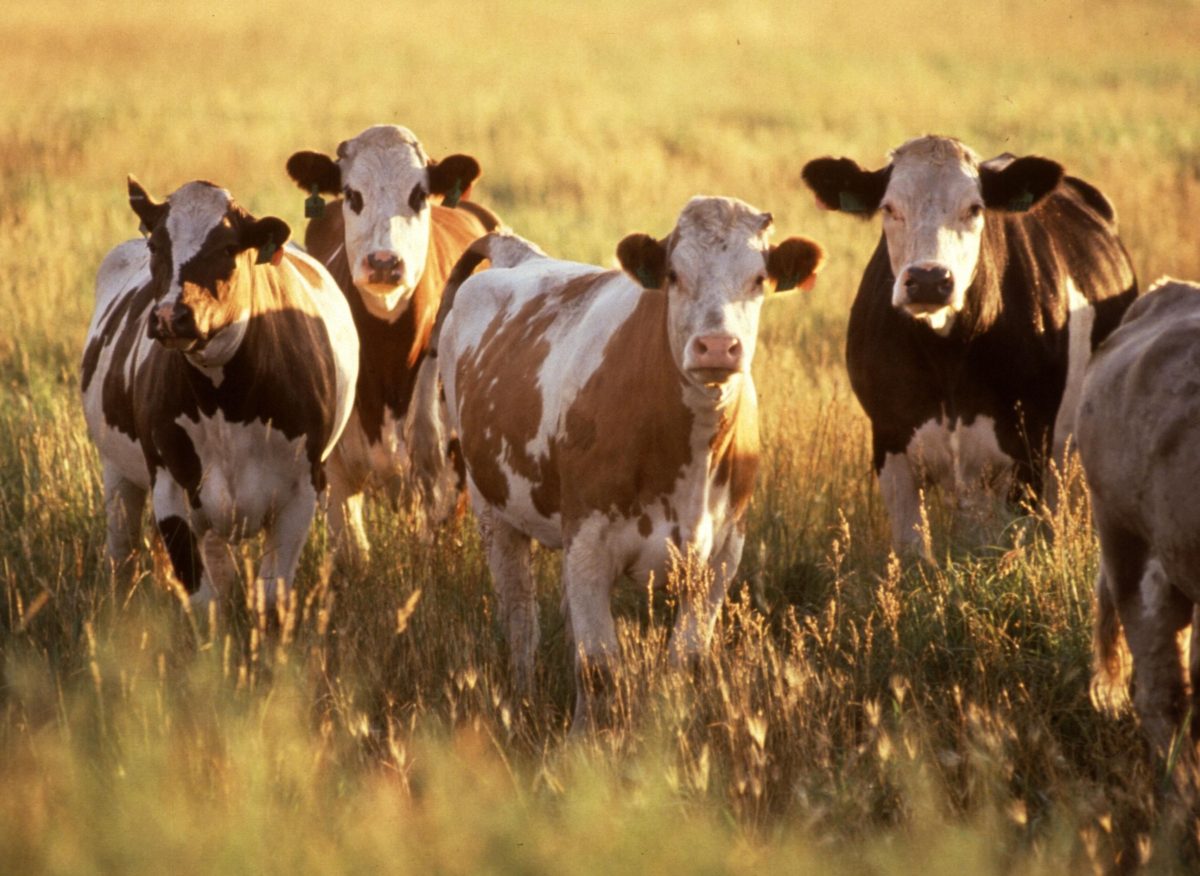New research suggests that leptospirosis infections – sometimes referred to as ‘dairy farm fever’ – may be just as common among people working on beef, sheep, and deer farms as it is in dairy farms.
The Massey University researchers investigated leptospirosis infections reported over two decades to find which agricultural occupations are most affected by disease.
The research team found that farmers working with dry stock had just as many cases as dairy farmers. But dry stock farms have much lower vaccination rates against the disease compared to dairy farms.
The authors (Jackie Benschop, Shahista Nisa and Simon E. F. Spencer) say their research suggests the current status quo for vaccinating beef, sheep, and deer should be reassessed to provide more protection to this group of workers.
People contract leptospirosis from infected animal urine.
The new knowledge facilitates targeting of specific intervention strategies, notably increasing the use of currently available and efficacious animal vaccines amongst dry stock.
According to the Abstract, routinely collected public health surveillance data are often incomplete, yet remain a useful source for monitoring incidence and tracking progress during disease intervention.
In the 1970s, leptospirosis in New Zealand (NZ) was known as ‘dairy farm fever’ and the disease was frequently associated with serovars Hardjo and Pomona. To reduce infection, interventions such as vaccination of dairy cattle with these two serovars was implemented. These interventions have been associated with significant reduction in leptospirosis incidence, however, livestock-based occupations continue to predominate notifications. In recent years, diagnosis is increasingly made by nucleic acid detection which currently does not provide serovar information. Serovar information can assist in linking the recognized maintenance host, such as livestock and wildlife, to infecting serovars in human cases which can feed back into the design of intervention strategies.
The researchers used confirmed and probable leptospirosis notification data from 1 January 1999 to 31 December 2016 to build a model to impute the number of cases from different occupational groups based on serovar and month of occurrence.
The dataset contained 1430 notified cases, of which 927 had a specific occupation (181 dairy farmers, 45 dry stock farmers, 454 meatworkers, 247 other) while the remaining 503 had non-specified occupations.
Of the 1430 cases, 1036 had specified serovars. Thus, 47% of observations had both a serovar and a specific occupation.
The results show that although all occupations have some degree of under-reporting, dry stock farmers were most strongly affected and were inferred to contribute as many cases as dairy farmers to the burden of disease, despite dairy farmer being recorded much more frequently.
The research can be read HERE.
Source: Scimex












